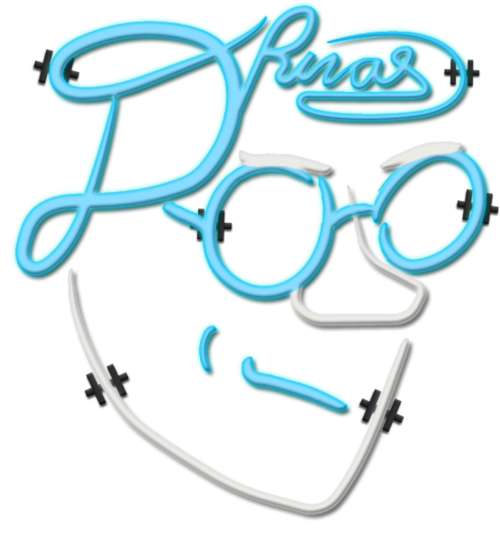The OVERVIEW:
Hook King is a 2D platformer game in which you control a customizable Knight and swing around castle rooms collecting coins and landing trick moves before the timer runs out. Equipped with your trusty grappling hook, you can latch on to various objects around the castle to break, bounce, and slide your way around the map. The more flips you successfully land, coins you collect, and crates you destroy add to your overall score. The higher your score, the more crowns you’ll be rewarded. With crowns, you can purchase cosmetic upgrades to your character to make swinging around the castle even more lively. The game is intended for mobile play on Androids and iPhones but a playable mouse and keyboard web version is available to play.
Play it here:
MY ROLE:
Level & Character Artist, Freelance Art Director
The Process:
Hook King was my final project as a senior game design student in college. It’s actually the result of the game design team I was a part of pivoting from a previous project, Synergy, to work on a mobile game. Most of us had been designing and creating games specifically for mouse and keyboard and wanted to expand and challenge our skills with a mobile game.
I went back to my 2D roots for this project and took on the level and character design as my primary roles. I wanted to create a character (the playable knight) that was easily replaceable with similar art and did not require that much animation. Essentially, the idea was to create different skins that a player could choose to play as. On the programming side, these skins could easily be switched in and out. The actual sprites themselves could then also be manipulated by the game’s code and physics.
Since every part of the knight (head, arms, legs, torso) are not connected, I was able to splice the sprite sheet up in the built-in animation system Unity supports. One of the programmers then was able to code each body asset to react to the knight’s swinging. The result: a rag-doll effect providing a healthy supply of random, funny, and surprising gameplay moments. I applied a similar design process to all the other level assets: the grappling hook, crates/barrels, hay bales, chandeliers, and flags. The crates and barrels, for example, have a breaking animation for whenever the player crashes into them. I took the design, cut up the barrel/crate into smaller pieces, and separated them in the sprite sheet.
A Collaborative Twist:
Before beginning our second semester and having learned some crucial lessons about time management and task delegation, all of the game artists among the senior game designers petitioned our professor to allow us to collaborate with other game design groups. We wanted more opportunities to expand our skills and portfolios too. Plus, more hands designing less crucial art assets could let every groups’ artists focus on polishing the art they were creating for their respective games.
Thus, each group could have a game artist join as a free-lancer. I assumed the position of freelance art director and it was my responsibility to coordinate with my other game artist to figure out what was “low-priority” to getting the game to a completed state. I was also in charge of managing the freelancers to make sure their art was delivered on time and to the correct specifications. In fact, I made sure all the sprite sheets created came in a 1920 x 1080 format so we could avoid any scaling issues and any other discrepancies.
A few examples of art that the game needed and I assigned are: different skins for the knight including a princess, collectable gems, various medieval ornaments, and background art such as windows.
Here is the Trello page detailing Hook King’s entire development process.




















